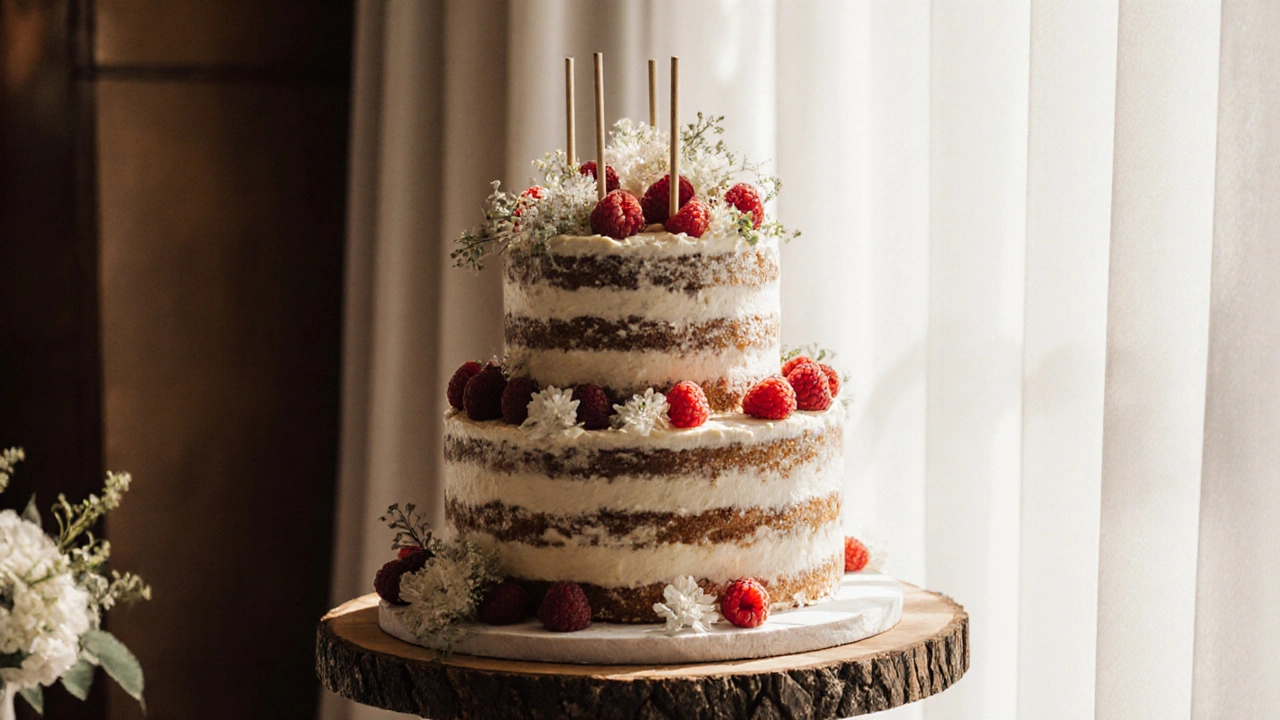
Wedding Cake Terminology Quiz
Test Your Wedding Cake Knowledge
How much do you know about wedding cake terminology? Take this quiz to find out!
When someone asks, "What is a wedding cake called?" they’re not just looking for a simple answer. They’re probably standing in front of a bakery display, scrolling through Pinterest, or talking to a planner-and they’ve heard terms like "tiered cake," "bride’s cake," or "wedding dessert" and aren’t sure what’s correct. The truth? There’s no single name. What you call a wedding cake depends on who you’re talking to, where you are, and what part of the cake you’re referring to.
It’s Not Just a "Wedding Cake"
Most people say "wedding cake," and that’s fine. But in the baking world, that term is just the umbrella. The cake itself has layers of meaning-literally. A traditional wedding cake is often a tiered cake, meaning it’s built with multiple layers stacked on top of each other. Each tier is usually a different flavor or size, and they’re held together with dowels or pillars. This isn’t just for show-it’s structural. A three-tier cake can weigh over 50 pounds. Without proper support, it collapses.In the UK and Commonwealth countries, the top tier is often called the "bride’s cake." That’s because, historically, the top layer was saved to be eaten on the couple’s first anniversary. Some families still do this today. In the U.S., the term "bride’s cake" is rarely used. Instead, people might say "wedding cake" for the whole thing, or "cake tower" if it’s extra tall and dramatic.
What About the Bottom Tier?
The largest tier-the one that forms the base-is sometimes called the "foundation tier." Bakers use this term when designing for stability. It’s usually the most flavorful and dense, because it needs to hold up the weight above. If you’re ordering a cake, ask your baker what they use for the foundation tier. Some use fruitcake, others use dense sponge or pound cake. In New Zealand, where I’m based, we see a lot of buttercream-frosted sponge tiers with fresh fruit fillings-lighter than the old-school fruitcake versions.Then there’s the "groom’s cake." This is a separate cake, often served alongside the main one. It’s usually a different flavor-chocolate, whiskey-soaked, or even savory-and traditionally represents the groom’s tastes. It’s more common in the southern U.S., but it’s making a comeback in places like Australia and New Zealand as couples look for personalized options. Some couples now skip the tiered cake entirely and serve a groom’s cake as the main dessert.
Other Names You Might Hear
You’ll also hear these terms at bakeries or on wedding blogs:- Tiered cake - The most accurate technical term for multi-layered wedding cakes
- Stacked cake - Often used interchangeably with tiered, but sometimes implies less formal construction
- Wedding dessert - A modern term used when the cake isn’t the only dessert. Think cupcake towers, doughnut walls, or macaron displays
- Wedding tower - Used for very tall, dramatic cakes with 5+ tiers
- Wedding centerpiece - Sometimes used by event planners to describe the cake’s role in the reception decor
Don’t be surprised if a baker says "it’s a 3-tier buttercream wedding cake with fresh raspberry filling" instead of just "wedding cake." That’s because bakers don’t think in labels-they think in construction, flavor, and logistics.
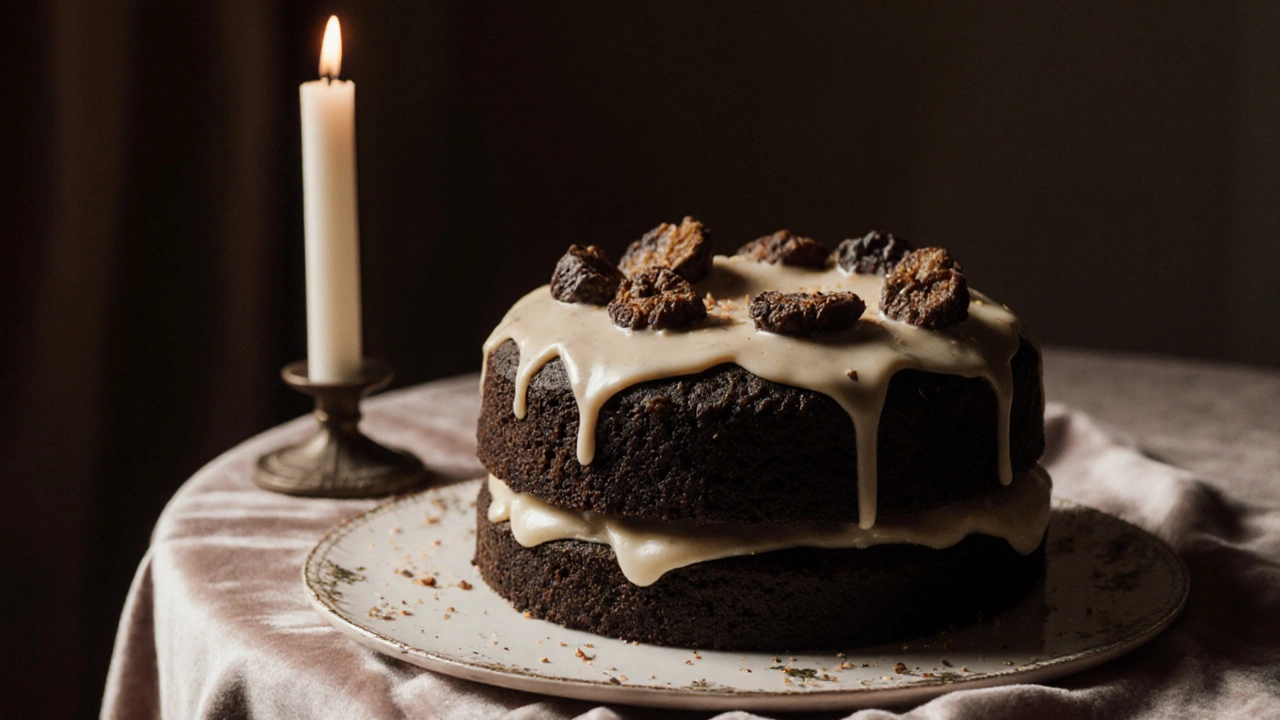
Why Does the Name Even Matter?
It matters because the name tells you what you’re getting. If you ask for a "bride’s cake," a UK baker might bring you a dense, spiced fruitcake. If you ask for a "groom’s cake," you might get a chocolate lava cake. If you say "wedding dessert," you could end up with a 20-foot cookie wall.When you’re planning, use the right terms to avoid confusion. If you want a traditional cake with three layers, say "I’d like a three-tier wedding cake with buttercream frosting." If you want something fun and modern, say "I’d like a dessert display with a cake as the centerpiece." The more specific you are, the less likely you are to get a surprise.
Modern Twists on the Classic
These days, couples are moving away from the white, three-tiered classic. In Auckland, we’re seeing:- Single-tier cakes - Elegant, minimalist, often with bold colors or edible flowers
- Geometric cakes - Angular tiers, sharp lines, modern design
- Non-cake cakes - Layers of mousse, cheesecake, or even tiramisu stacked like a cake
- Stacked desserts - A cake on top of a cake-shaped tower of macarons or cupcakes
These aren’t called "wedding cakes" in the traditional sense. But they still serve the same purpose: to be the centerpiece of the celebration. So if someone asks, "What’s that called?" the answer is: whatever the couple calls it.
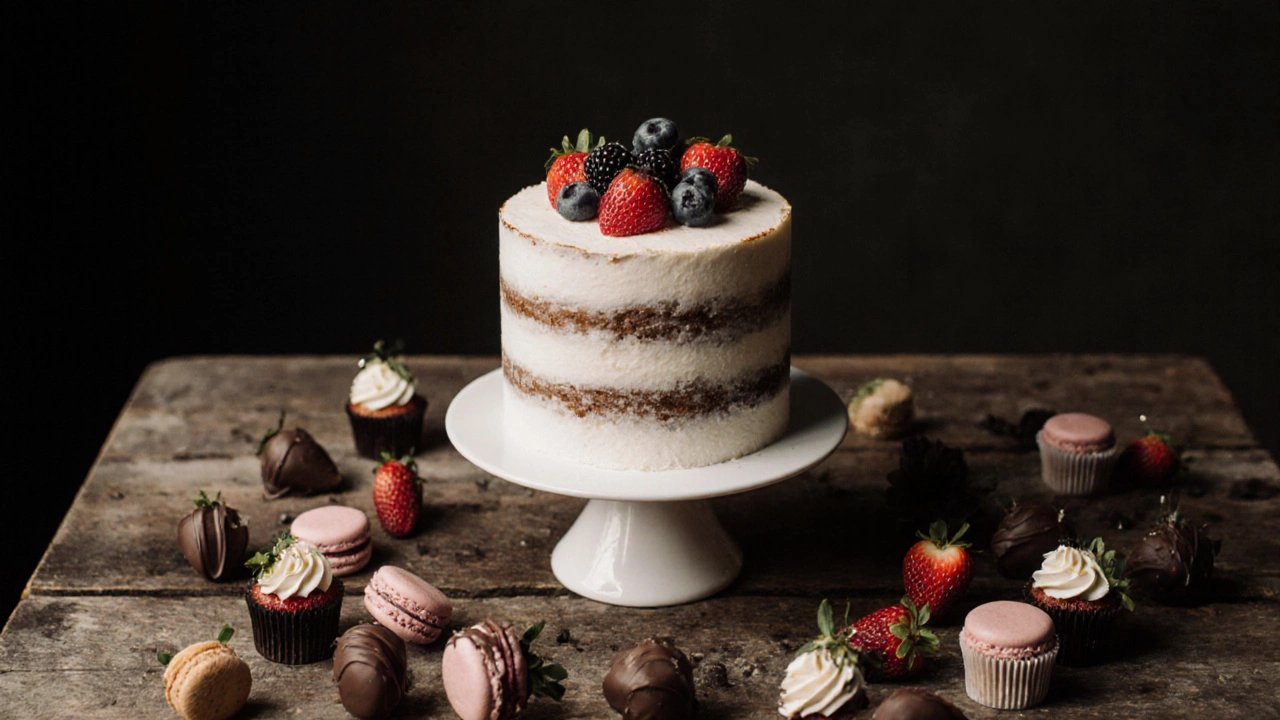
What to Say When You’re Ordering
Here’s a quick guide to talking to a baker without sounding confused:- "I want a cake with three layers, each a different flavor." - That’s a tiered cake.
- "Can we make the top layer a different flavor and save it for our anniversary?" - That’s the bride’s cake tradition.
- "We’d like a chocolate cake for the groom, separate from the main cake." - That’s the groom’s cake.
- "We’re not doing a traditional cake. We want a dessert table with a small cake as the focal point." - That’s a wedding dessert display.
Don’t worry if you don’t know the right term. Most bakers will ask follow-up questions. They’ve heard every version. Just describe what you want: how tall, how many flavors, whether you want to eat it the same day or save a piece.
Final Thought: It’s About Meaning, Not Labels
The name doesn’t change the cake. What matters is what it means to you. Maybe your cake is a tribute to your grandmother’s recipe. Maybe it’s the first thing you tasted together. Maybe it’s pink because you hate white.So when someone asks, "What is a wedding cake called?" the best answer isn’t a dictionary definition. It’s: "It’s the cake we made our own."
Is a tiered cake the same as a wedding cake?
Not always. A tiered cake is a structure-multiple layers stacked together. A wedding cake is the purpose. You can have a tiered cake at a birthday party. And you can have a wedding cake that’s just one tier. But most traditional wedding cakes are tiered because they’re designed to feed large crowds and look impressive.
What’s the difference between a bride’s cake and a groom’s cake?
The bride’s cake is the main wedding cake, especially in older traditions where the top tier was saved for the first anniversary. The groom’s cake is a second cake, usually in a flavor the groom loves-like chocolate, whiskey, or even savory. It’s not required, but it’s a fun way to personalize the celebration. In the U.S., it’s more common; in New Zealand and Australia, it’s becoming a trend.
Can a wedding cake have more than three tiers?
Yes. Five- or even seven-tier cakes are common at large weddings, especially in the U.S. and Europe. These are called "wedding towers" and require professional engineering to build. They’re expensive and often need special delivery equipment. Most couples in New Zealand stick to two or three tiers for practicality.
Do I need a traditional cake if I’m having a dessert table?
No. Many couples now choose a dessert table with cupcakes, macarons, cookies, and a small cake as the centerpiece. In this case, the cake isn’t the main dessert-it’s the symbol. You can call it a "wedding dessert display" or just "our cake on the dessert table." Bakers will understand.
What’s the most popular wedding cake in New Zealand right now?
Right now, it’s a two-tier sponge cake with fresh berry filling, light buttercream, and edible flowers. Minimalist, seasonal, and not overly sweet. Many couples skip fondant and go for naked or semi-naked finishes. Dark chocolate ganache is also popular for the groom’s cake. Fruitcake is rare unless it’s a family tradition.

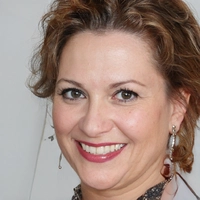
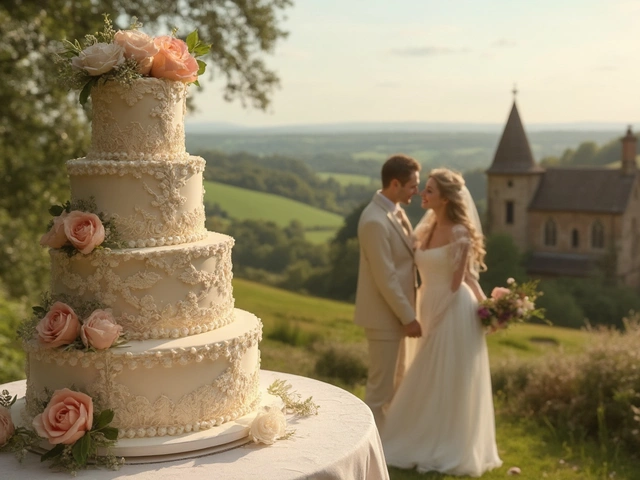
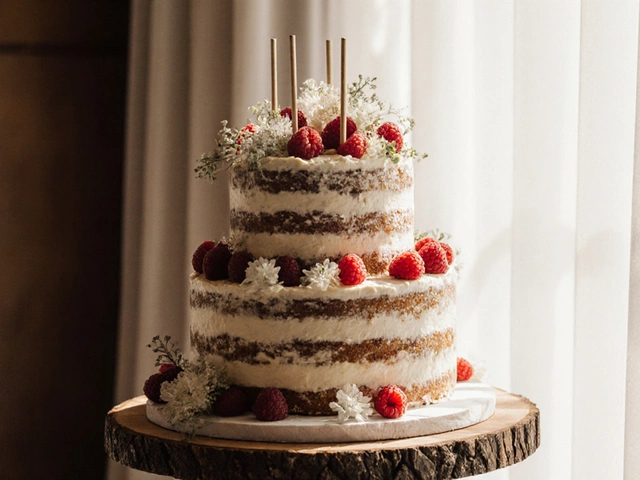
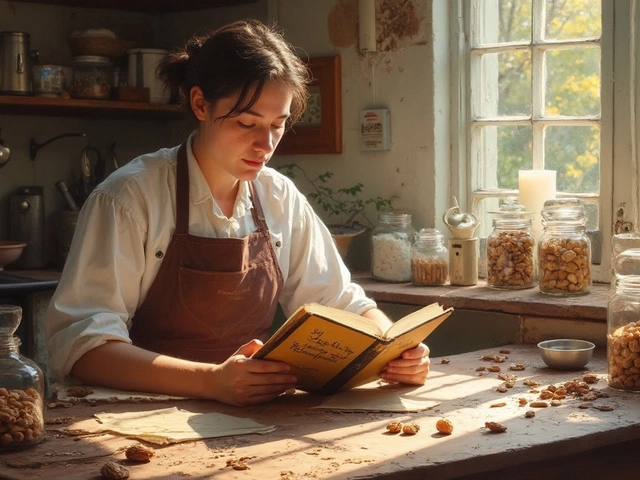

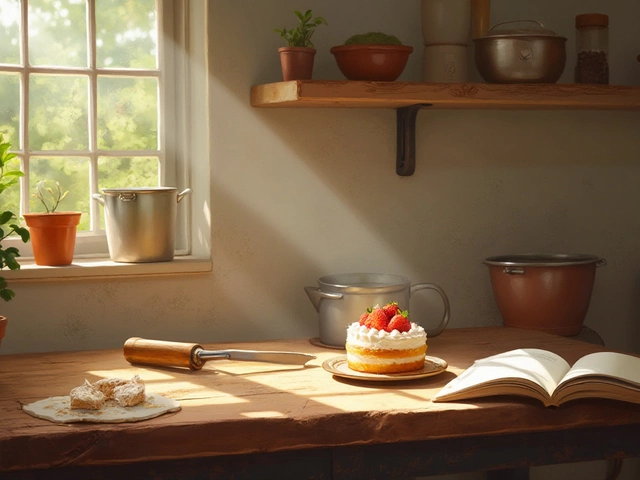

Write a comment